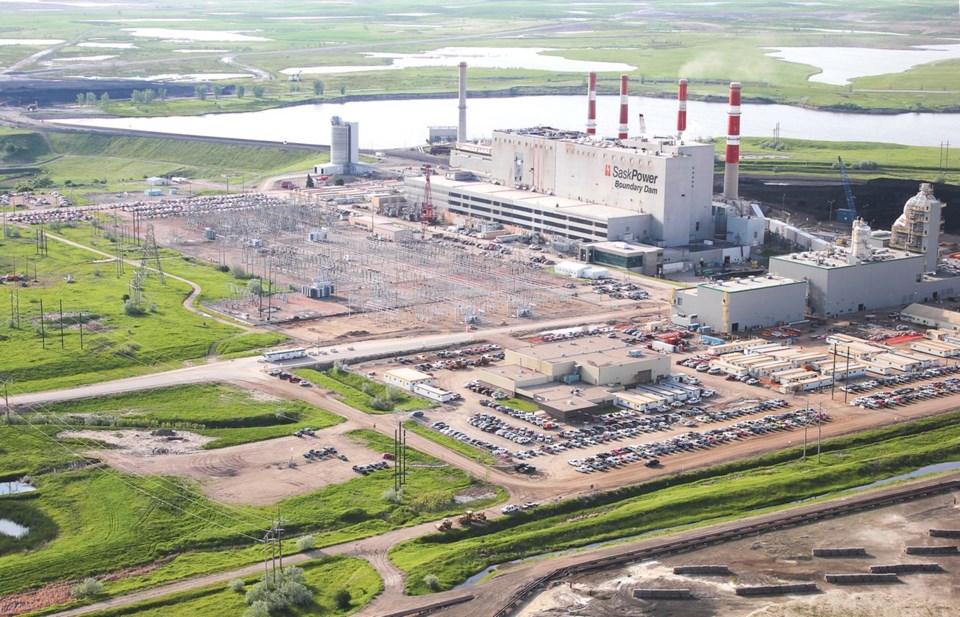The message when SaskPower released its annual report Monday was clear: there won’t be a decision coming on the use of carbon capture and storage (CCS) in other coal-fired power generating units for some time.
Most of the talk seemed to be on the Shand Power Station, as opposed to Unit 6 at Boundary Dam or the two units at Coronach’s Poplar River Station, which could be a telling sign for those holding out hope that the powerful Unit 6 at Boundary Dam could be retrofitted with CCS technology before it’s scheduled to come offline late in this decade.
Based on what SaskPower is saying, we’ll be speculating and asking questions about the future of CCS for years to come.
And that’s what is so frustrating for us. We don’t know what’s going to happen over the next 10 years.
We have this marvel of CCS technology used for Unit 3 at the Boundary Dam Power Station – the first project of its kind in the world. But it’s more than just this testament to human ingenuity. It’s technology that we have proven to be viable. It works.
It’s creating a better environment, to the tune of approximately 3.4 million tonnes of captured carbon dioxide (CO2) since it started up in October 2014, and more than 274,000 tonnes of CO2 in the first five months of this year.
That’s on one unit of a coal-fired power generation station. Imagine how much more we could capture if this technology was employed on Shand and at Unit 6 at Boundary Dam, both of which are more powerful than Unit 3.
We have the technology. We have the expertise. We’ve proven that it can make a difference. We’re hearing all these numbers about how it will be much more affordable to retrofit Shand and Unit 6 with this type of technology. Whitecap Resources, the company that purchases the sequestered CO2, is willing to buy more.
For countries that have an abundance of coal-fired power, they want to keep coal in the mix. It’s an affordable and reliable source of baseload power. It’s there when you need it. And for those governments trying to balance environmental concerns with keeping coal in the equation (yes, you can balance environmental needs with pragmatism), CCS makes sense.
Unfortunately, we’re sitting here, waiting for the government to make up its mind on what to do next.
Meanwhile, a big part of the future of our community and our region is on the line. We have good people who are working hard on economic development initiatives, trying to come up with ideas to not only keep jobs and people here in the short-term and the medium-term, but to ensure the long-term survival of Estevan, Bienfait and other communities that lean so heavily on coal-fired generation.
They almost find themselves in a situation in which they have to prepare for the worst – the demise of coal-fired power in this region in about 10 years – but hope for the best.
If we don’t get a retrofit of Shand, then it will have to close in 2030, 10 years from now. And if Shand and Unit 6 are forced to close, then it will be tough for a mining company to stay around here for one solitary unit, even if that unit and its associated carbon capture and storage facility is home to some jaw-dropping technology.
That’s a big part of why we’re so impatient while waiting for the government to decide the future of these units. That’s why we’re always asking representatives of SaskPower about whether a decision has been made, or when it will be made, or whether it’s close.
If we get CCS for Shand, then we all stand to gain, not just in Estevan, because of how much the mining industry means to us, but throughout the province, because we’re getting the best of both worlds: coal is still in the power mix, and it’s going to be environmentally friendly.
So please forgive us for being pushy or aggressive when it comes to this issue. After all, much of our future is on the line.



